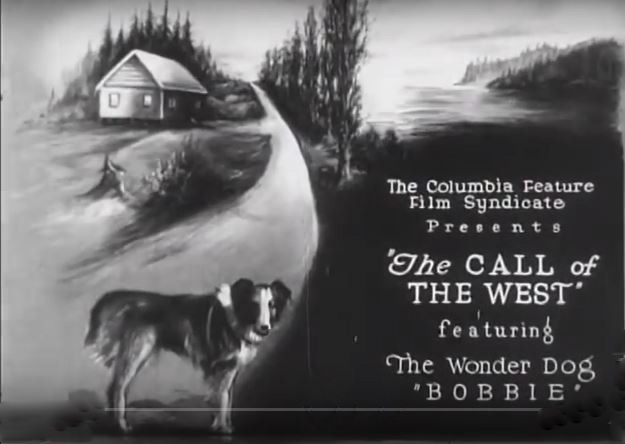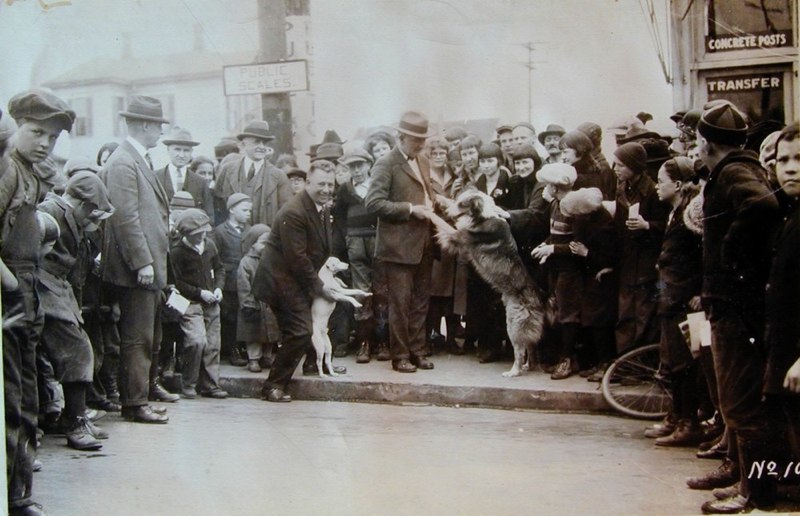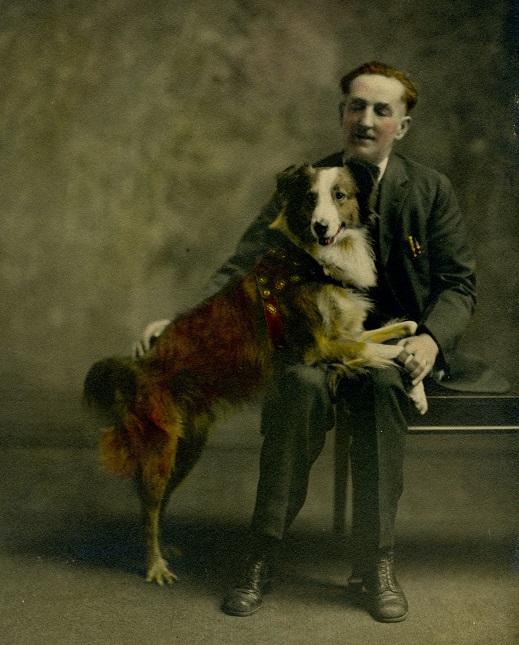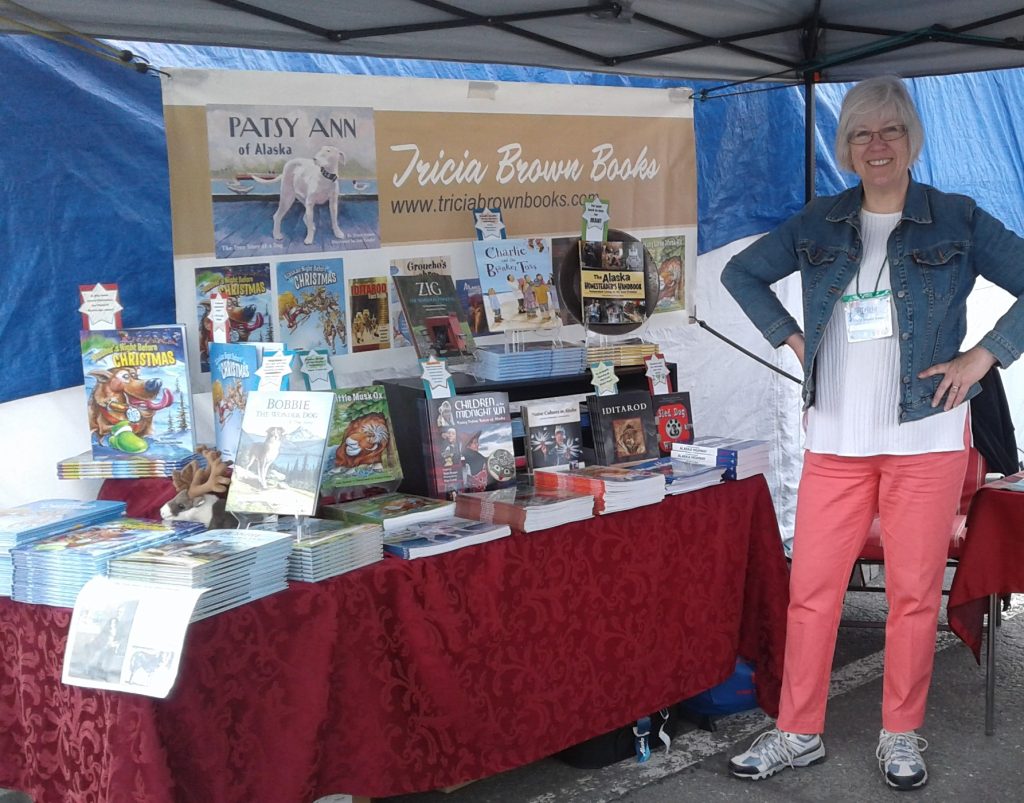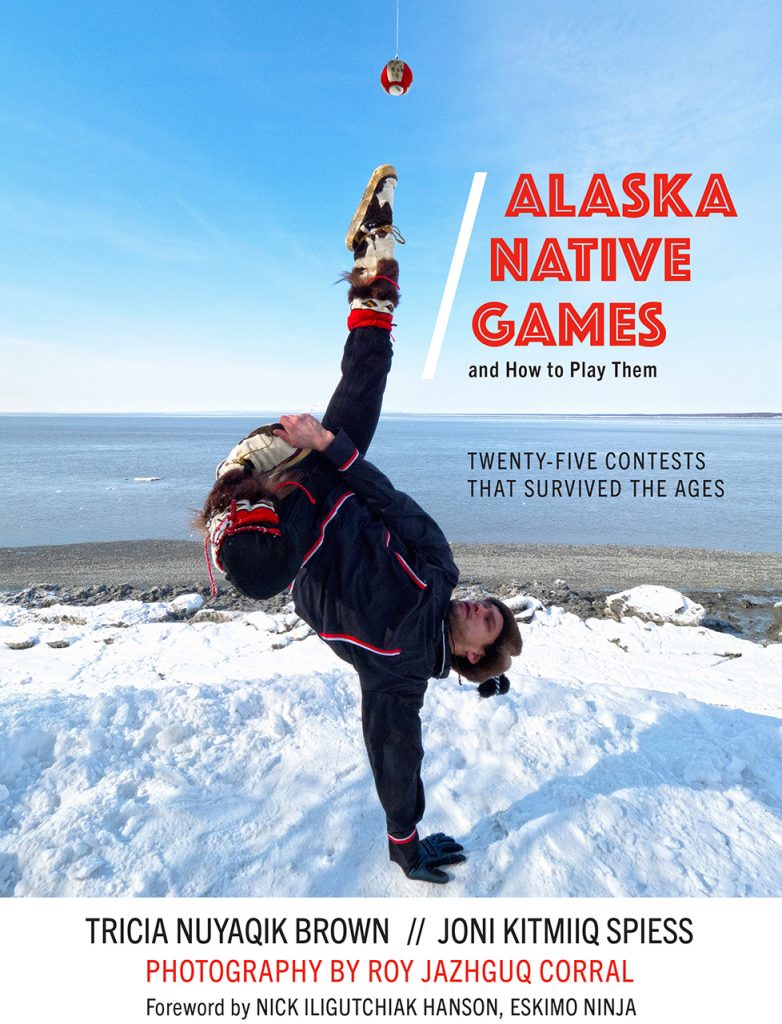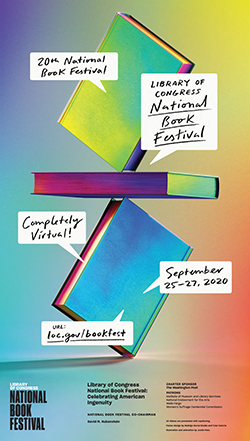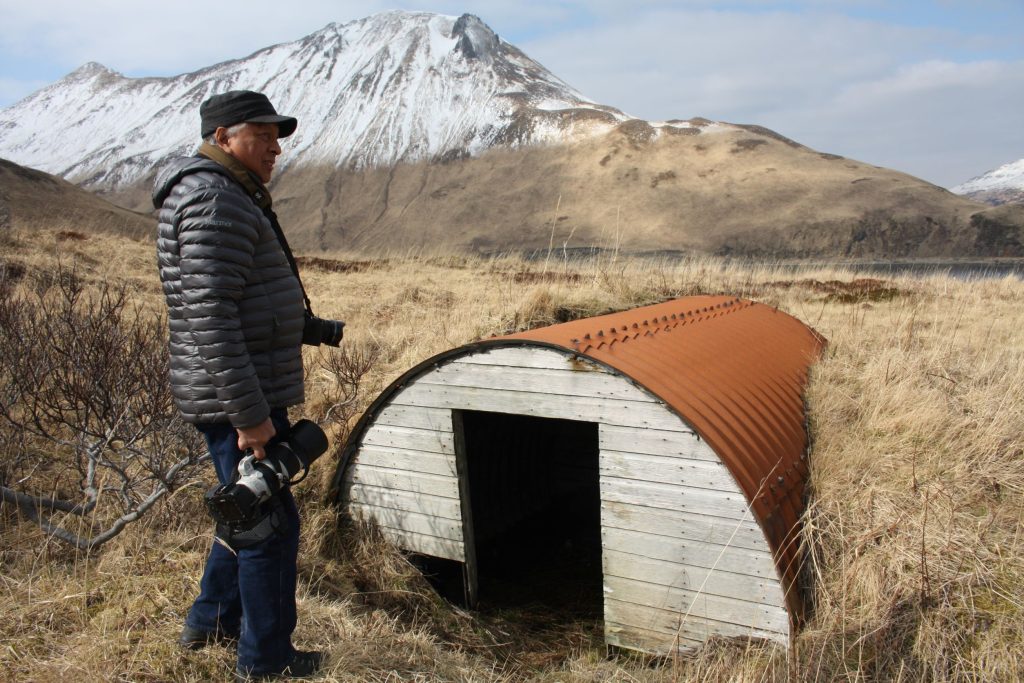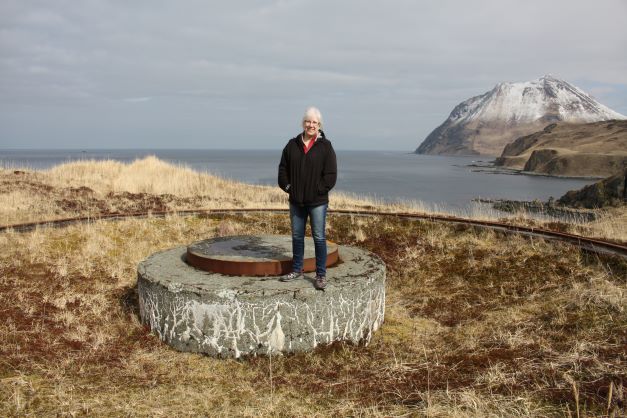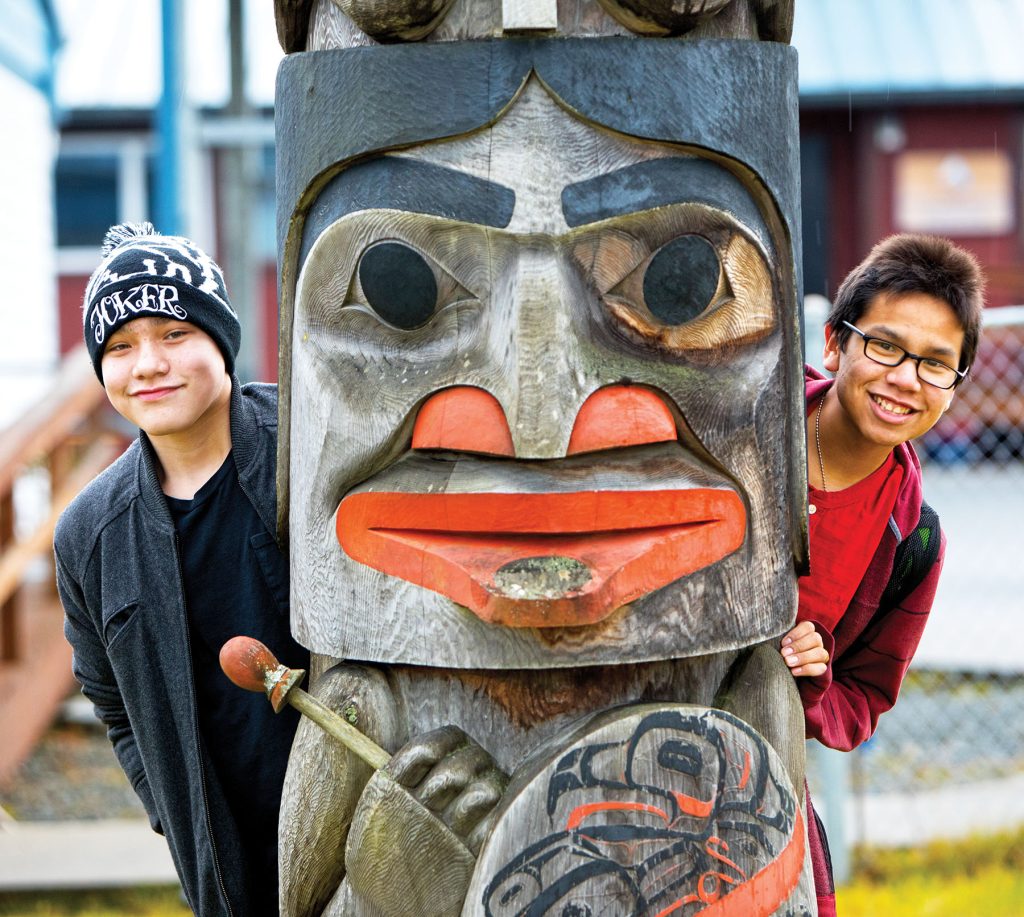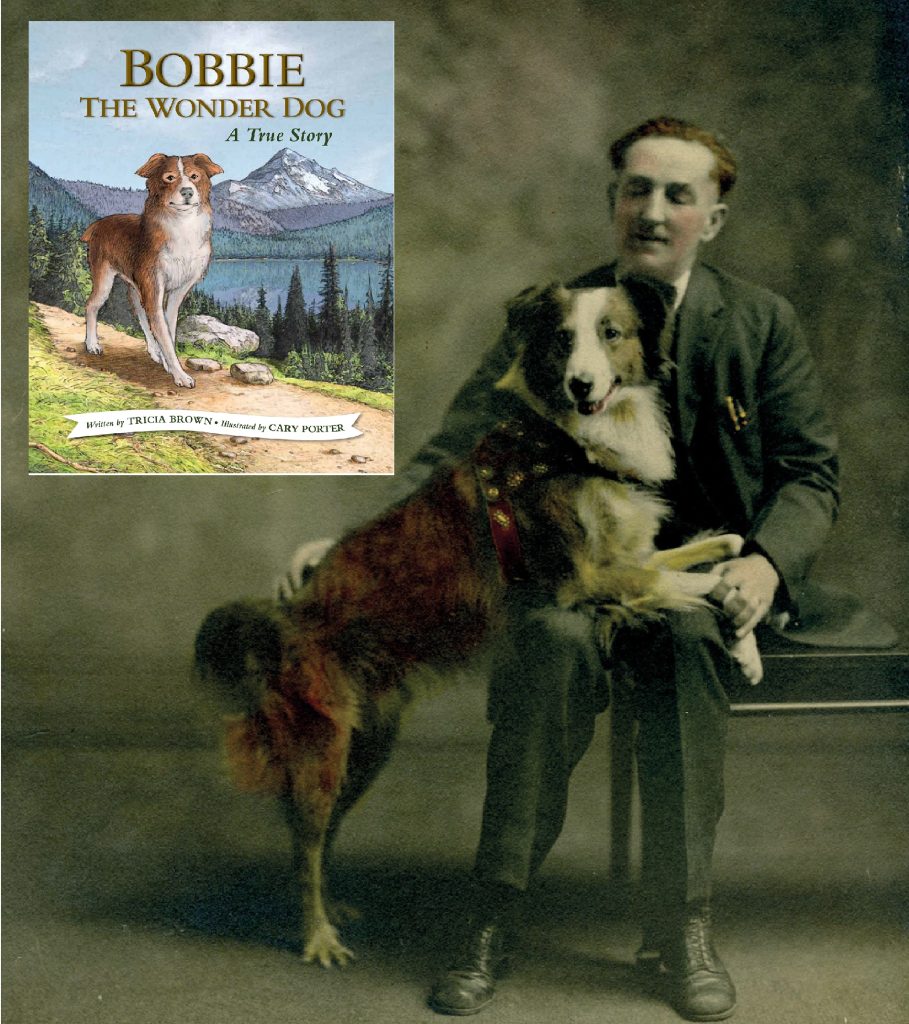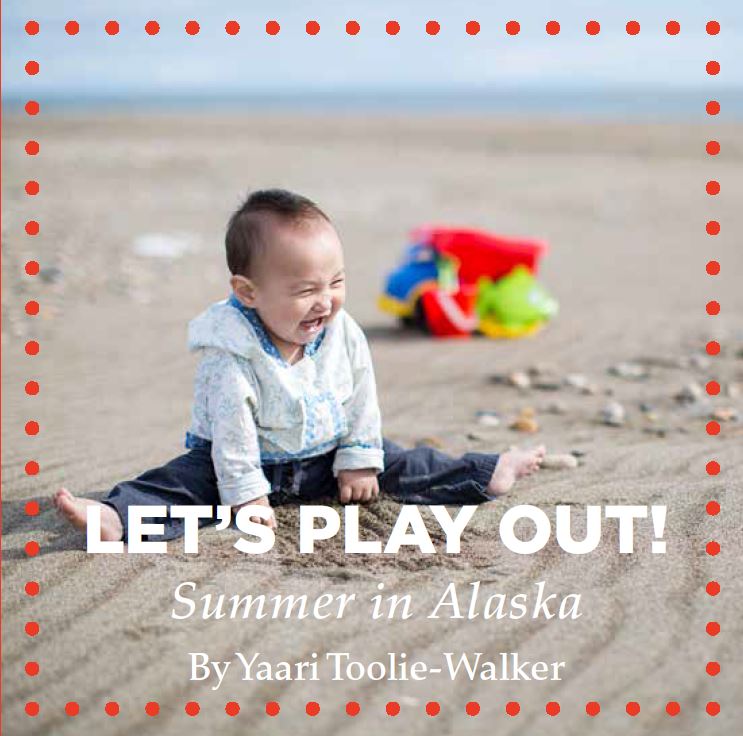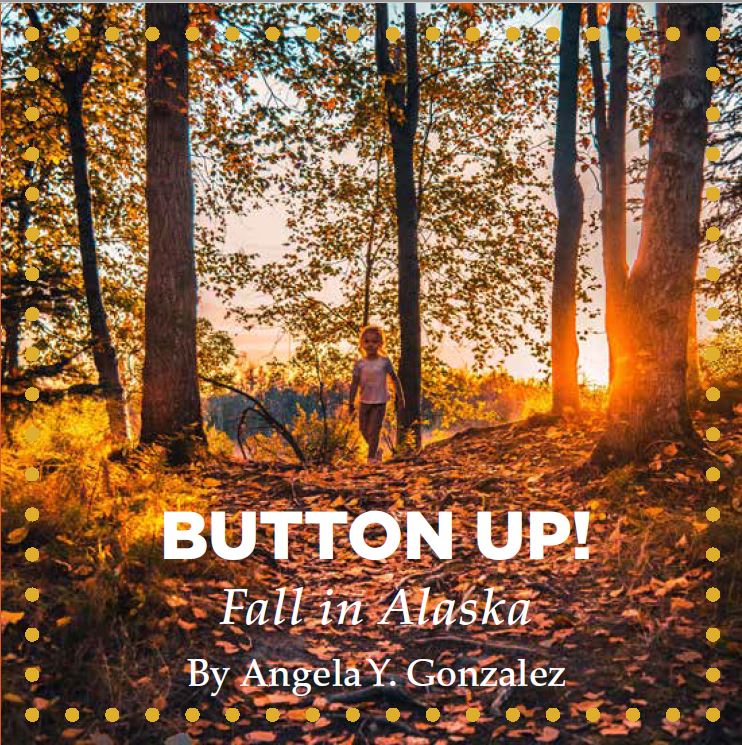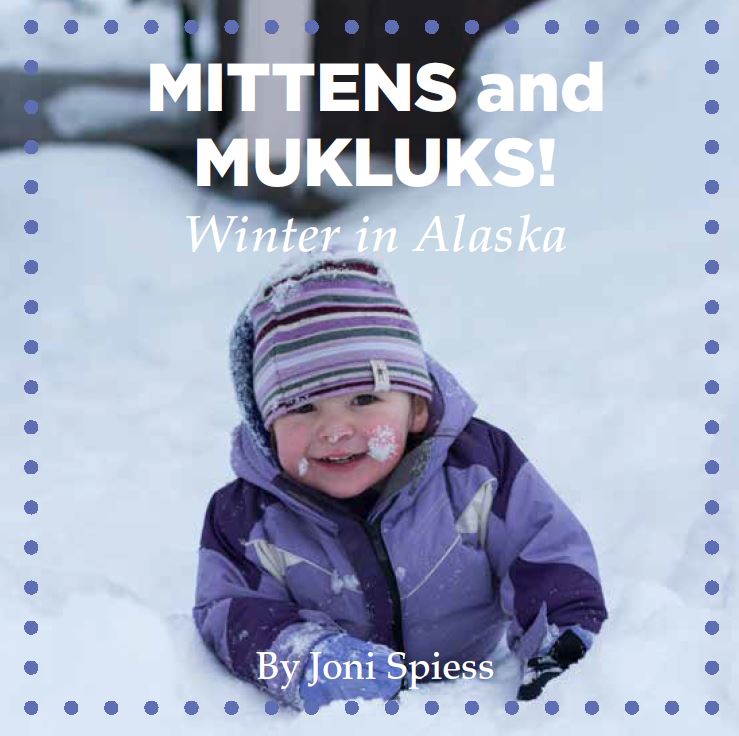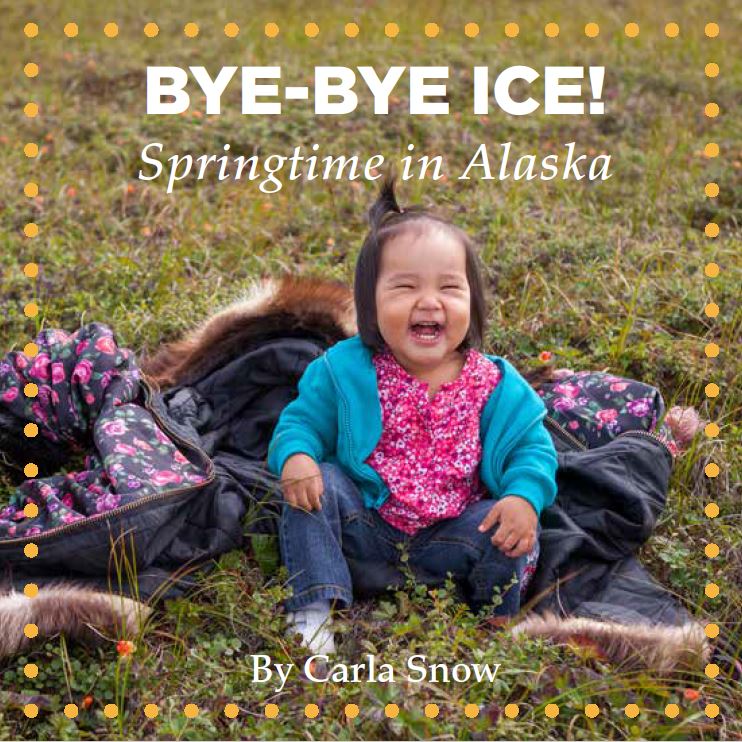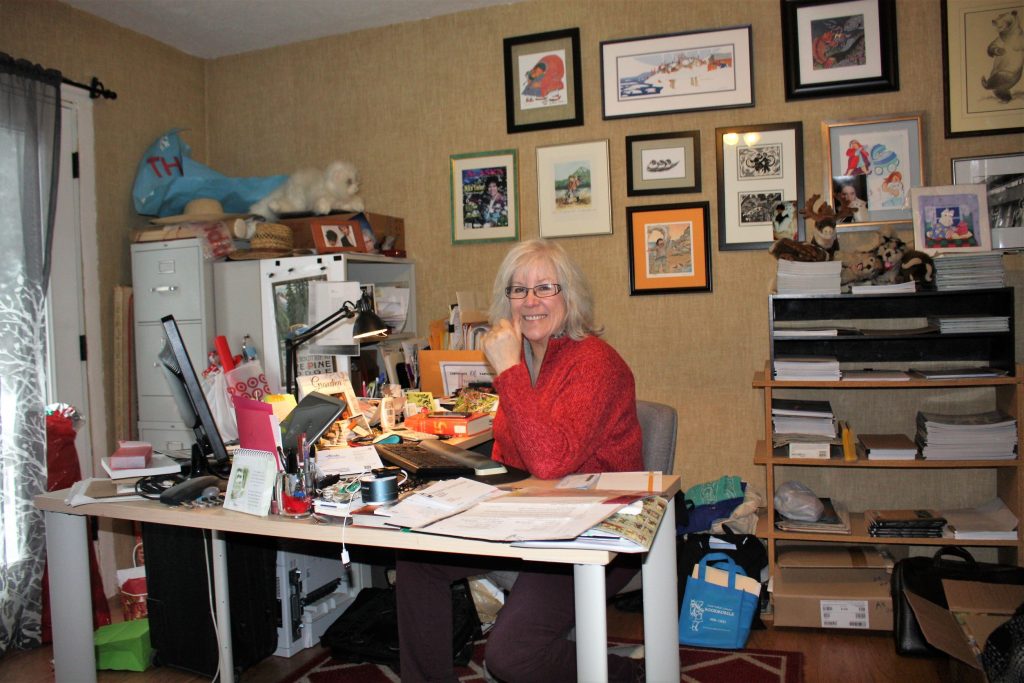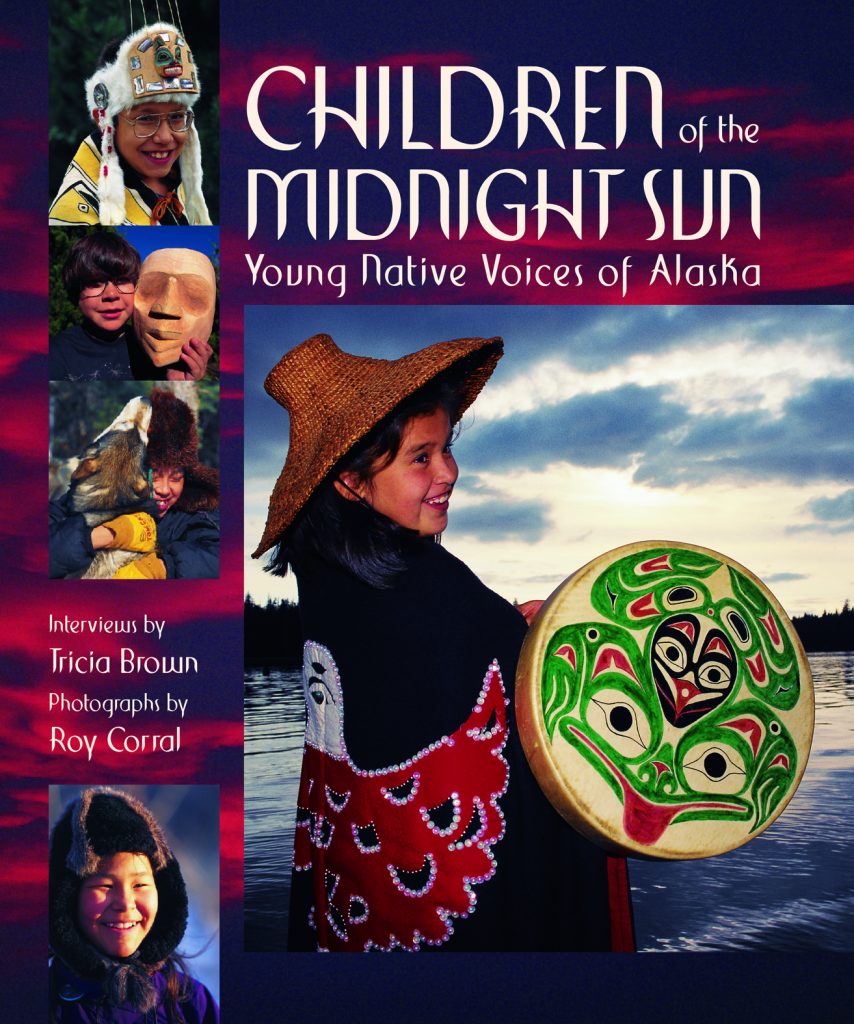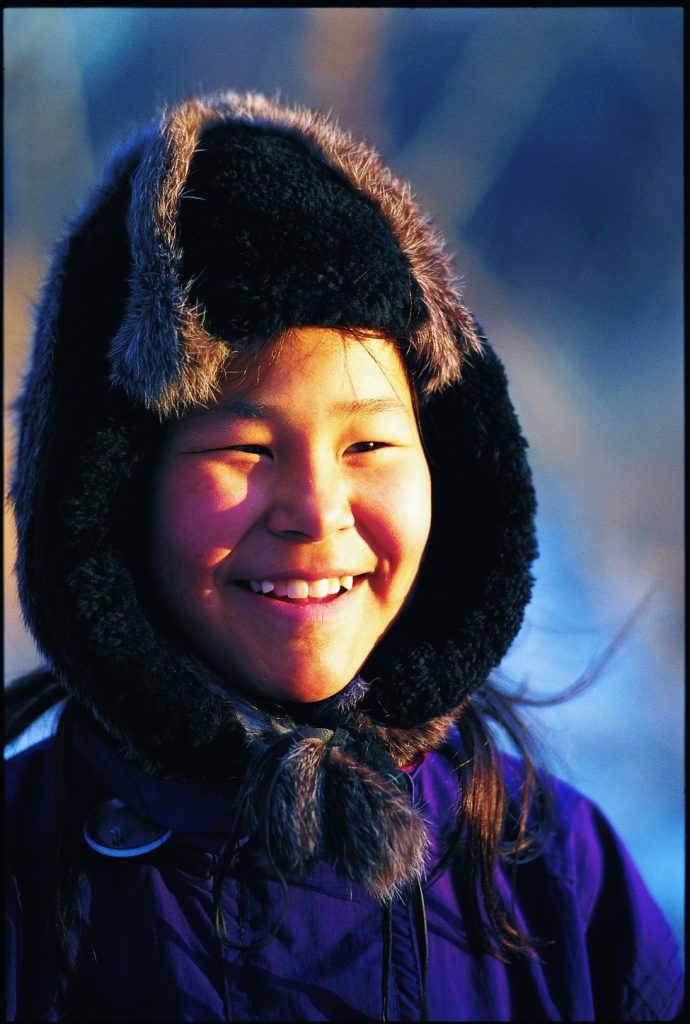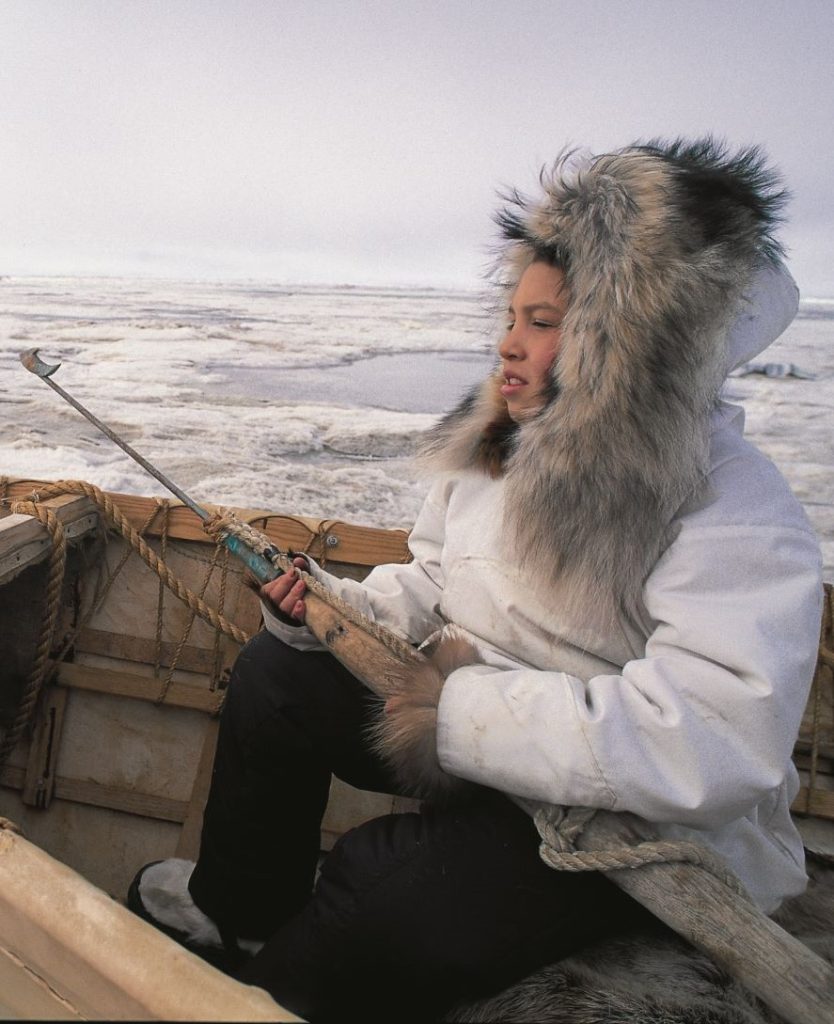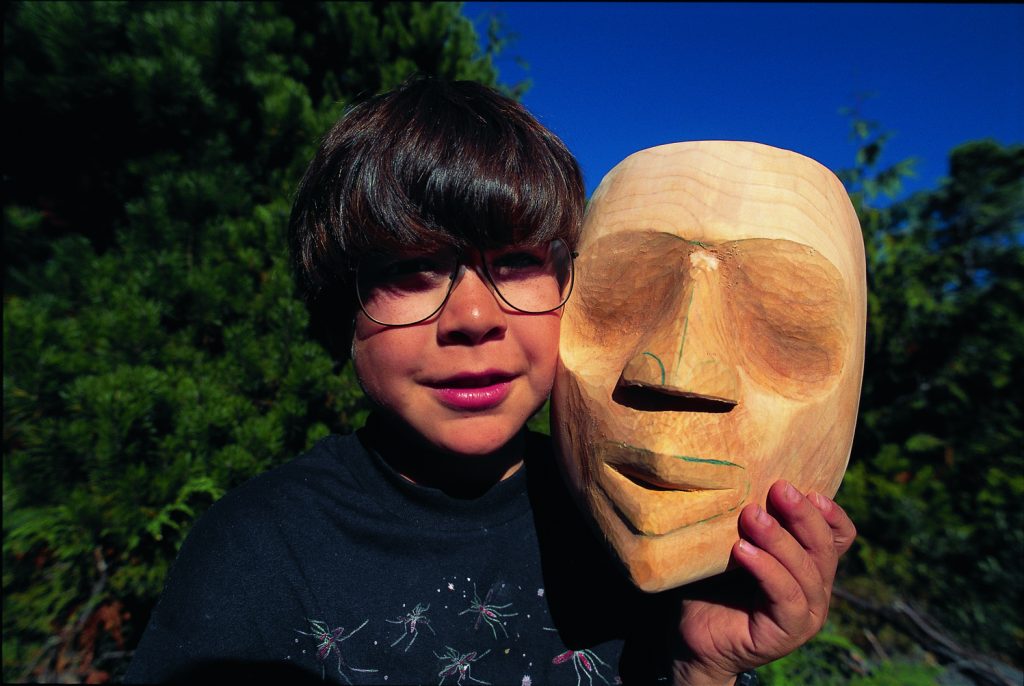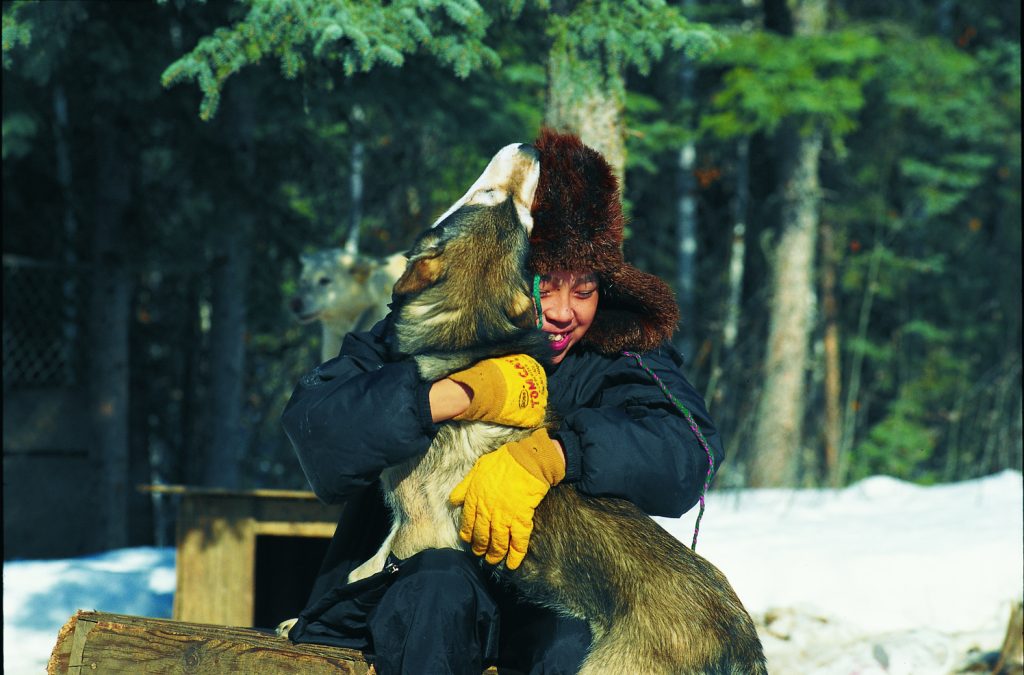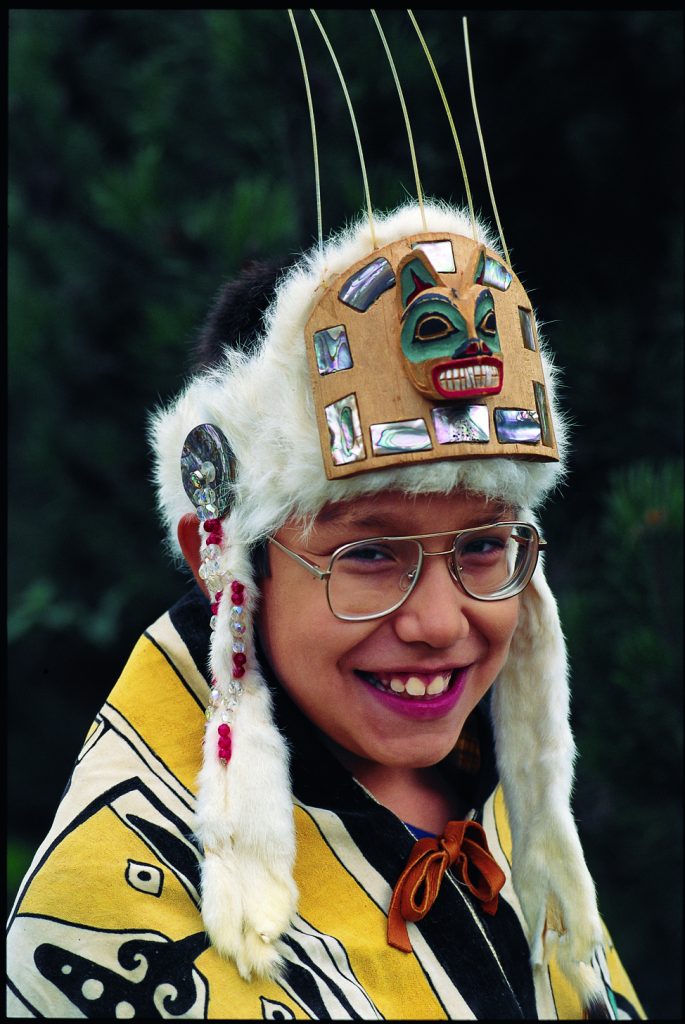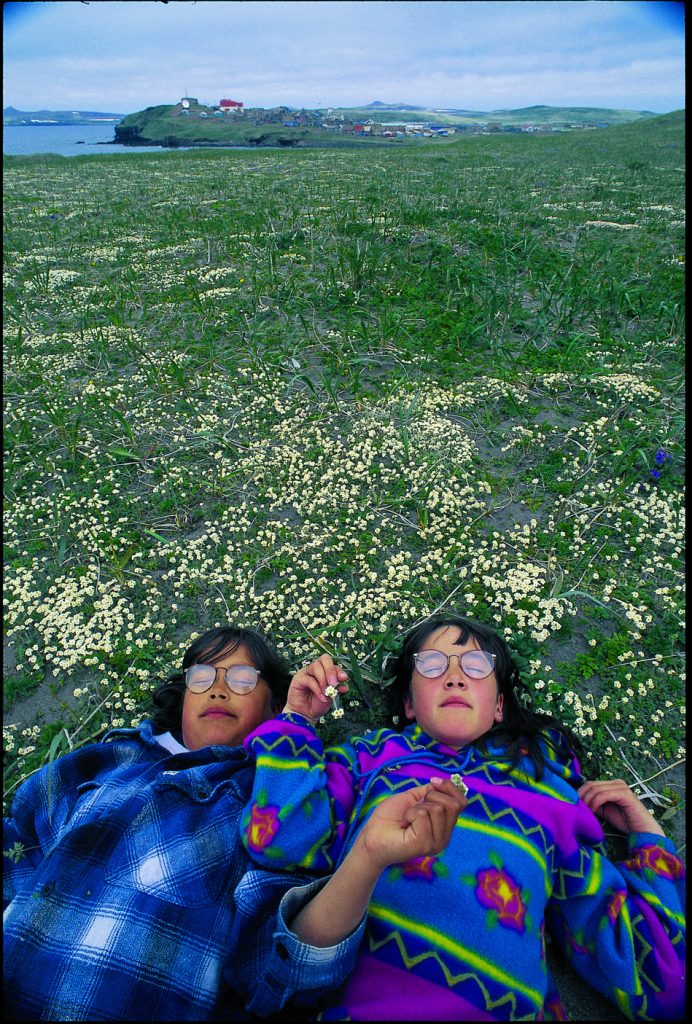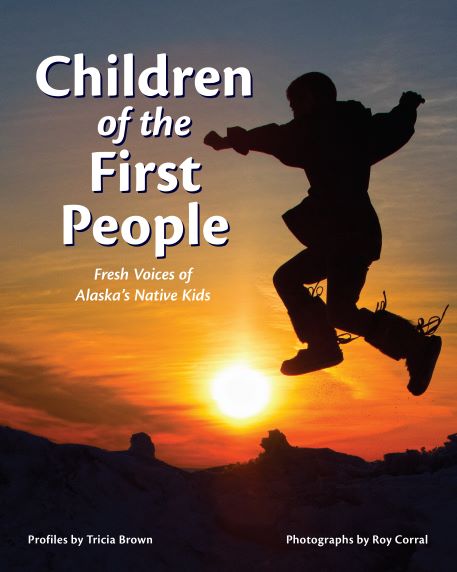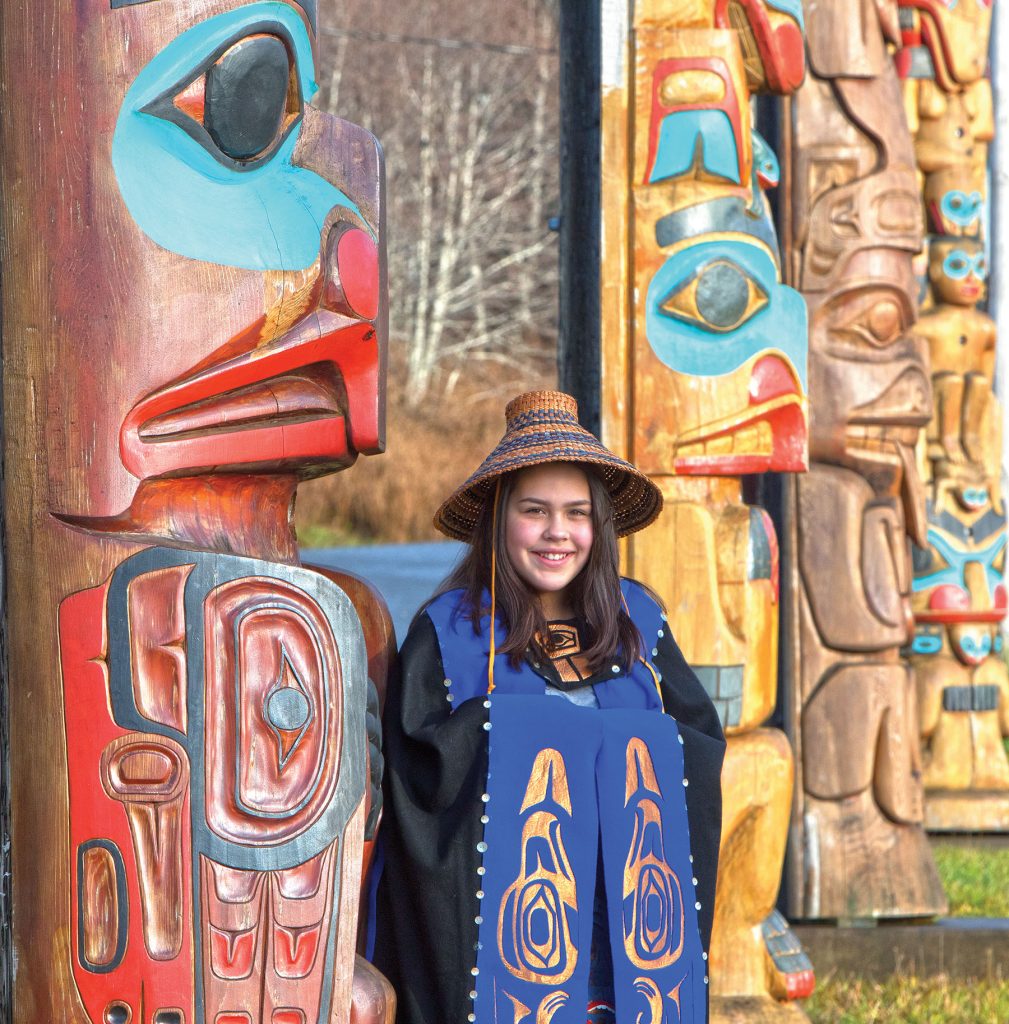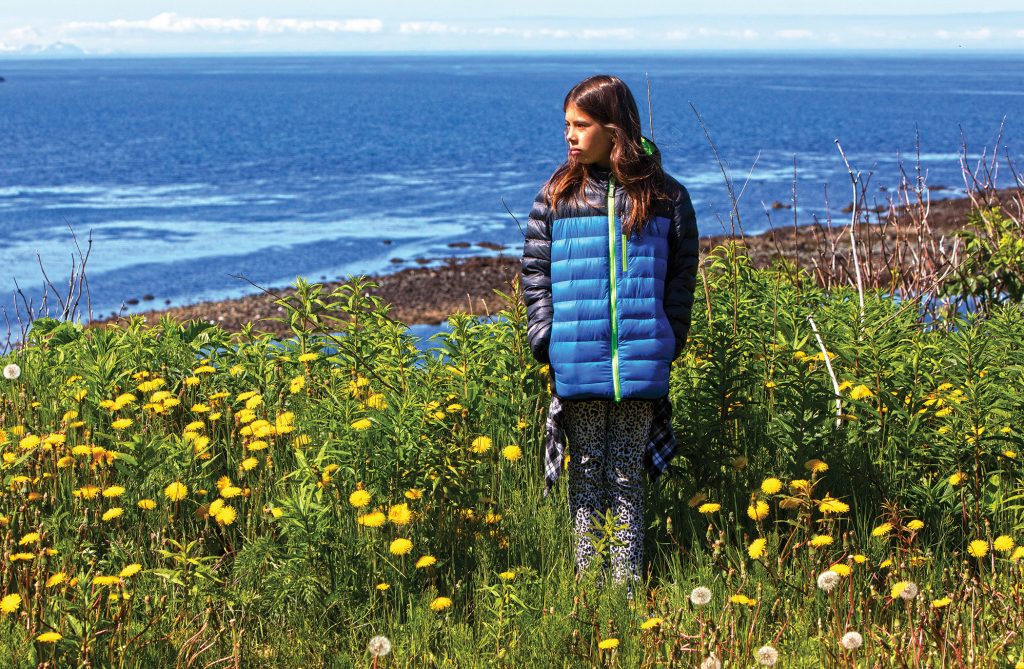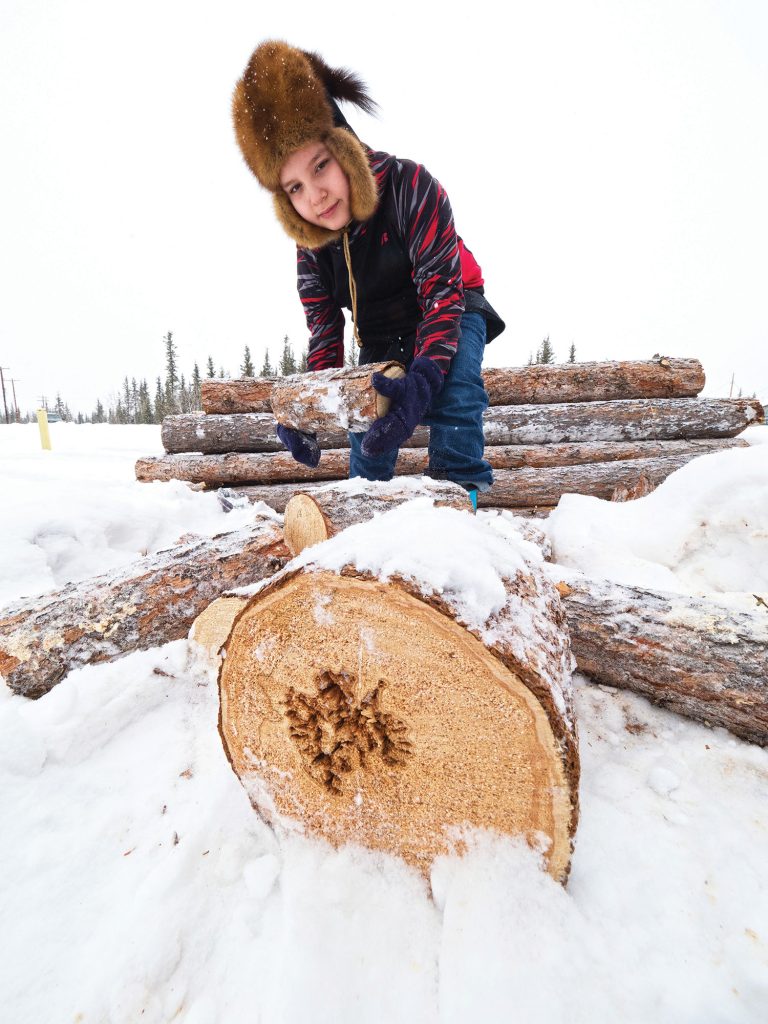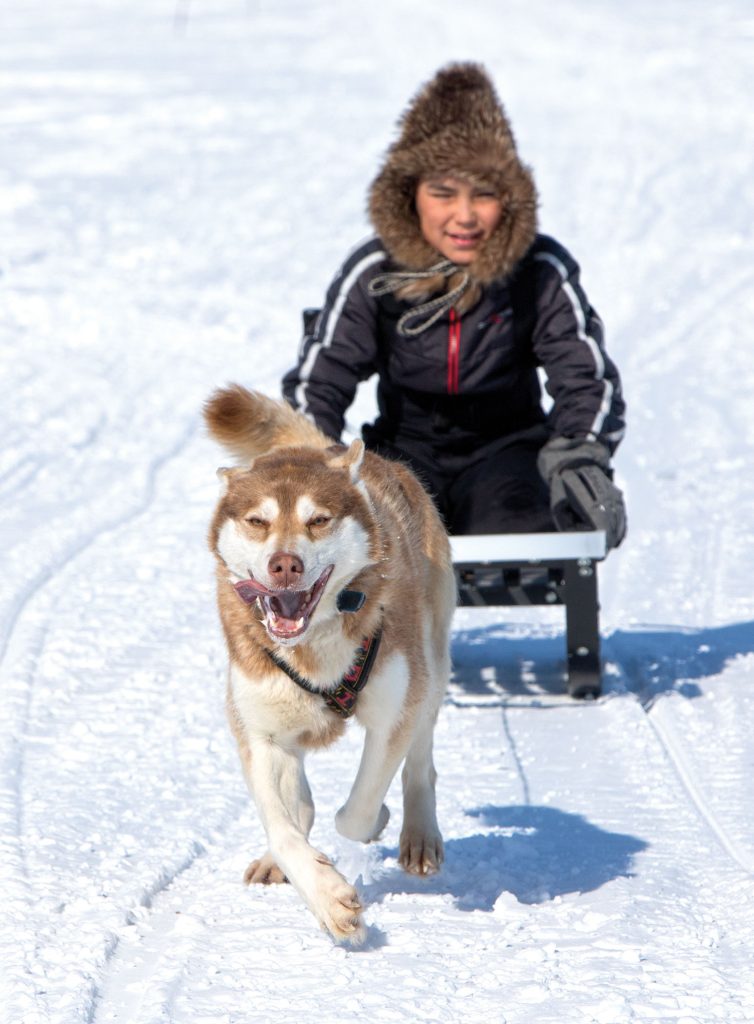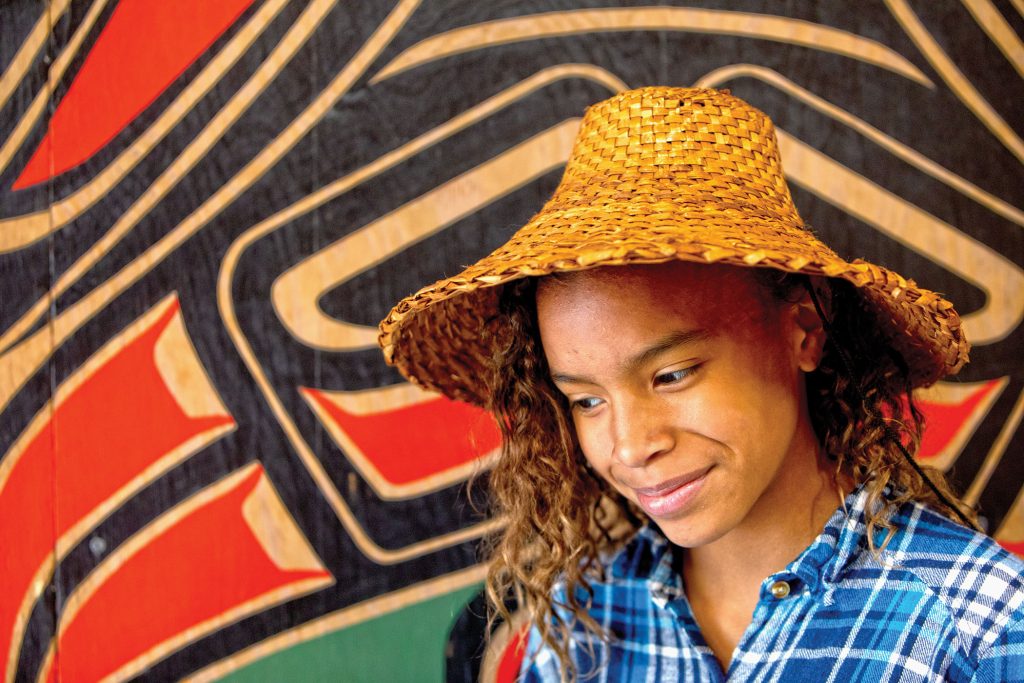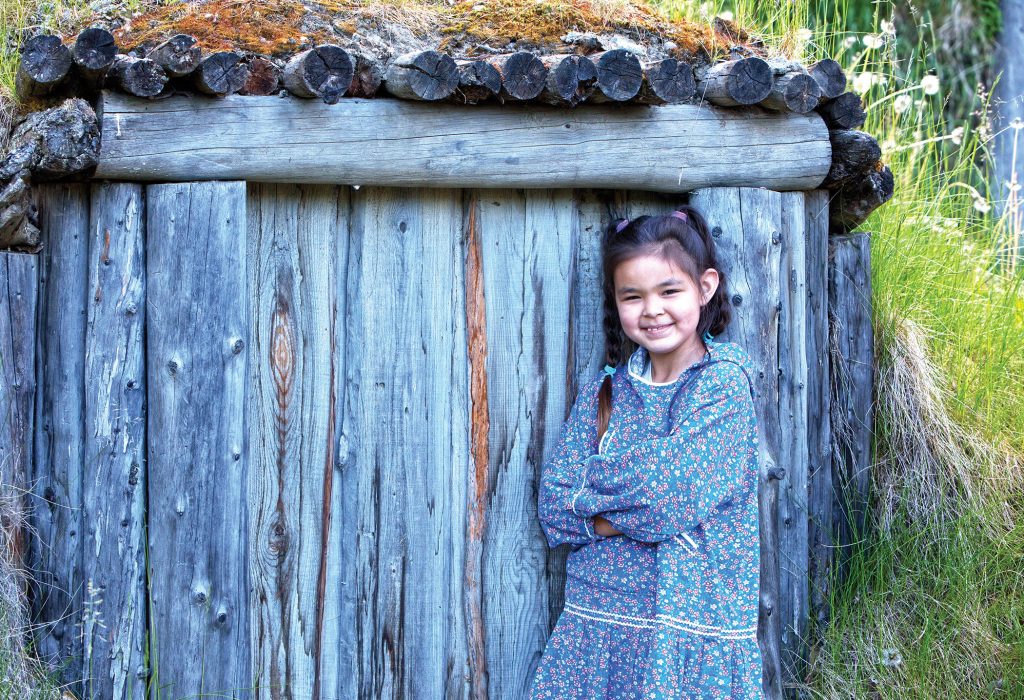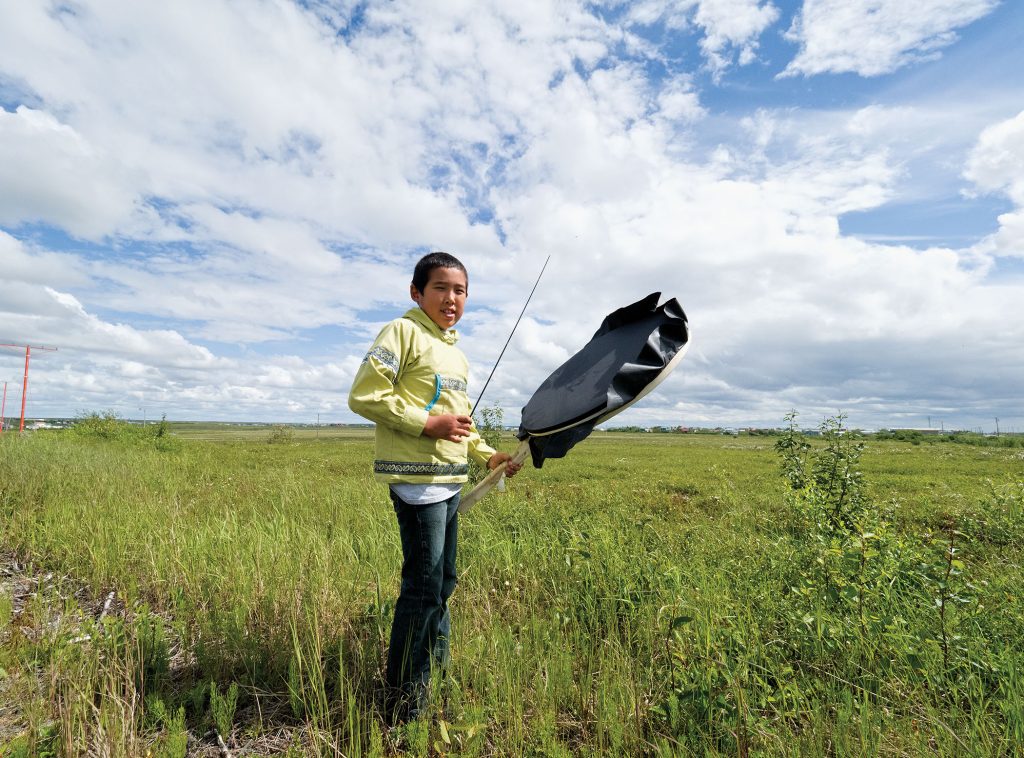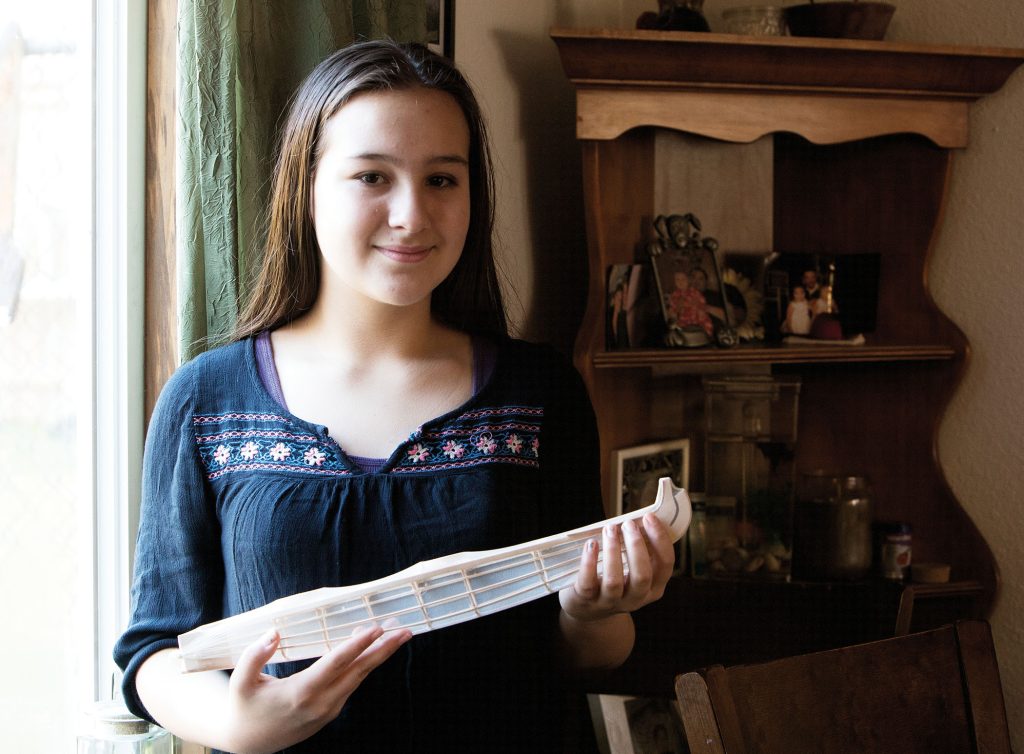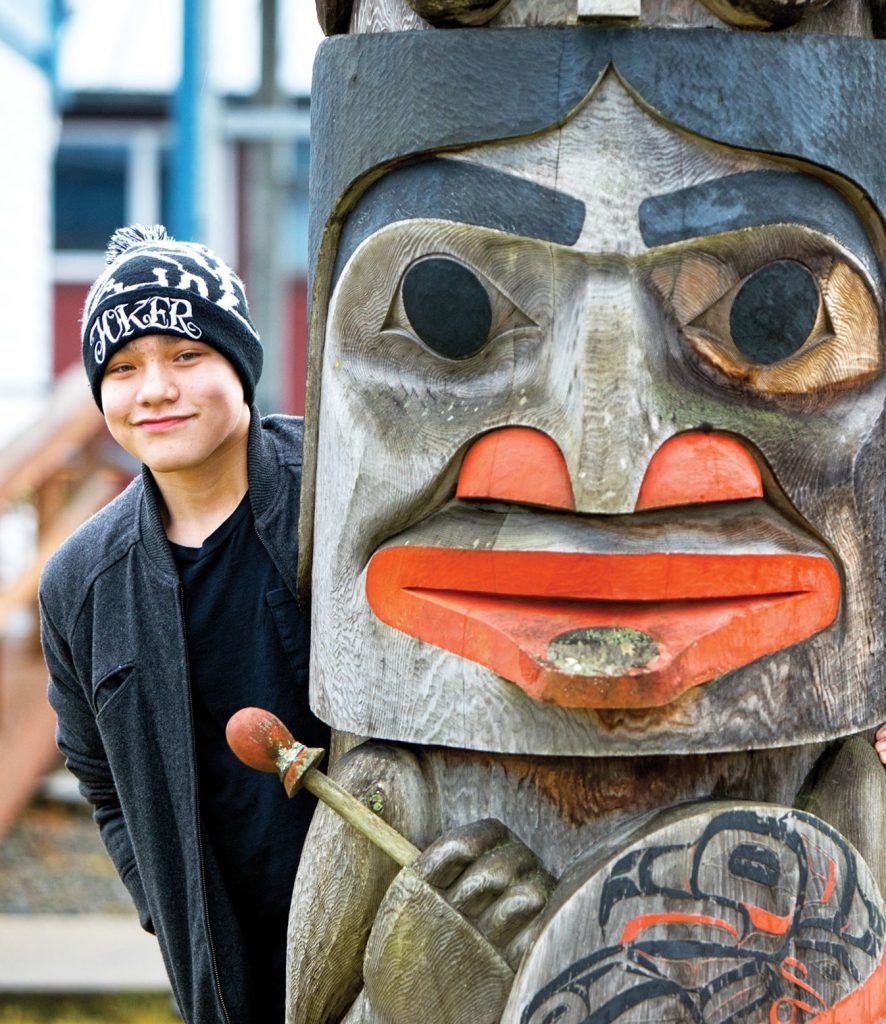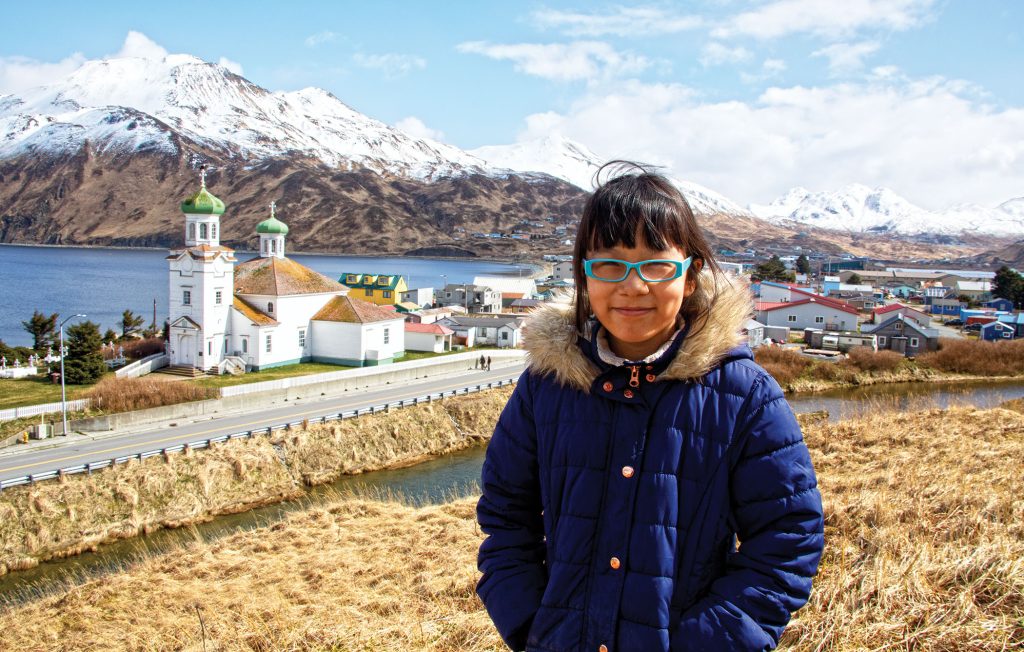See that guy on the book cover? Can you do that? Me neither. Even if you’re the top athlete in your school, I seriously doubt you’ve developed the right muscles, the special balance, or pain tolerance, or downright stamina that you need to accomplish the Alaskan High Kick, as this particular game is called.
Kicking a sealskin ball while doing an upside-down one-handed handstand is one of dozens of challenging games that have been practiced in Alaska for hundreds of years. They’ve changed little, thanks to the elders, senior athletes, and officials who’re intent on keeping their histories and traditional play intact.
My creative partners and I decided it was important to pull together a book for middle-graders and up, to catalog the often-played games today, and how they mirror or remember the Alaska Native ways of subsisting in this part of the world. Certain actions recall strength required for hunting moose, pulling fish, creeping up on seal-breathing holes, and the endurance required to be successful at feeding one’s family from the land, rivers, and ocean.
I was honored to partner with Joni Spiess in writing the book, which was recently released by the Snowy Owl imprint of the University of Alaska Press. Joni has firsthand knowledge as a coach and competitor from Nome who now lives and works in Anchorage. We were joined by the skilled photographer Roy Corral (who has collaborated with me on several other culture-based books). That awesome cover shot is just a taste of what’s inside.
One of my favorite parts of working on this book was enlisting a champion competitor to write the Foreword. Nick Iligutchiak Hanson is best known nationally as the “Eskimo Nina,” whose amazing balance, muscle, and physical endurance is regularly featured as a star of NBC’s American Ninja Warriors. In his Foreword, Nick shares the circumstances of growing up biracial in Alaska’s far northwest and how competing in the Alaska Native Games literally saved his life. His mission now is to pass along his message to depressed or suicidal kids: Through the discipline of sports such as the Alaska Native games, you can find the same meaning and hope as he did.
All of us are pleased that the Native Games are gaining in importance in schools across the state, even incorporated into the curriculum in the Anchorage School District. And that’s why we made sure each game was fully explained . . . plus how to do it yourself. Follow the safety instructions and don’t even try those that are intended for adults, okay? You’ll get there soon enough. In the meantime, listen and learn what the first Alaskans have to share with you, no matter where you live.
You can order a copy through your favorite bookseller, online or in person. Or go directly to the distributor, the University of Colorado Press, by clicking here to connect.
